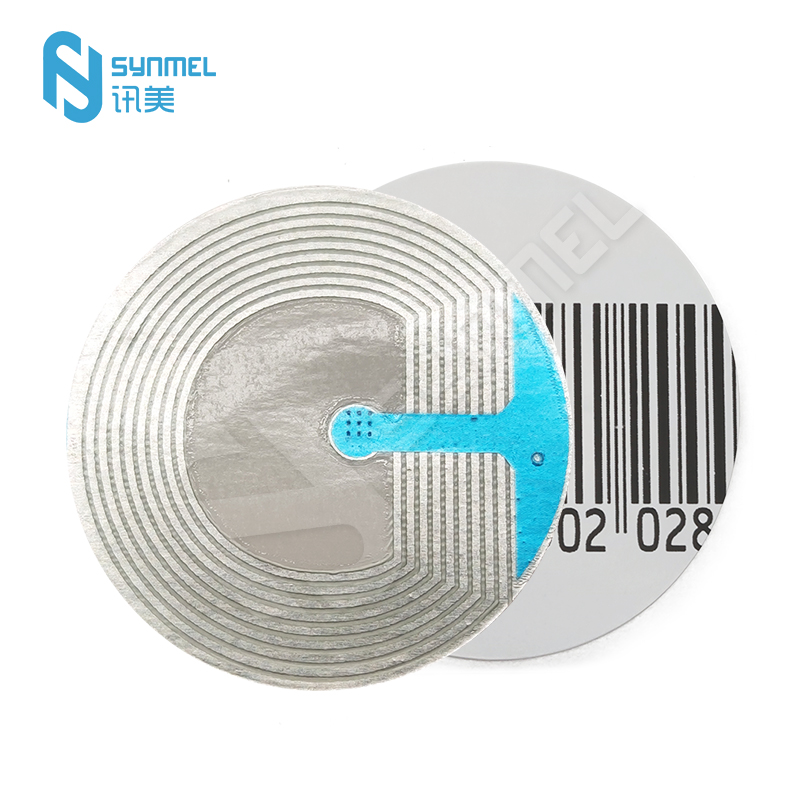- English
- Español
- Português
- русский
- Français
- 日本語
- Deutsch
- tiếng Việt
- Italiano
- Nederlands
- ภาษาไทย
- Polski
- 한국어
- Svenska
- magyar
- Malay
- বাংলা ভাষার
- Dansk
- Suomi
- हिन्दी
- Pilipino
- Türkçe
- Gaeilge
- العربية
- Indonesia
- Norsk
- تمل
- český
- ελληνικά
- український
- Javanese
- فارسی
- தமிழ்
- తెలుగు
- नेपाली
- Burmese
- български
- ລາວ
- Latine
- Қазақша
- Euskal
- Azərbaycan
- Slovenský jazyk
- Македонски
- Lietuvos
- Eesti Keel
- Română
- Slovenski
- मराठी
- Srpski језик
The difference between RF soft labels and barcodes
There are obvious differences between RF soft tags and barcodes in terms of item identification and tracking, mainly including the following points:
Identification method:
RF soft tags: use wireless radio frequency signals for identification, usually made of flexible materials such as paper or flexible plastic, and can be pasted on the surface or inside of items. They transmit data by wireless communication with RF readers and writers, with fast identification speed, no direct line of sight, and can be read within a certain distance.
Barcode: Use optical scanning technology for identification. Barcodes must be scanned directly by barcode scanning equipment, requiring the item to be at a certain distance and angle from the scanning equipment, and the item must be within the scanning range for identification.
Information storage and capacity:
RF soft tags: usually can store more information, such as detailed information and historical records of items.
Barcodes: usually can only store simple identification information, such as a product number or serial number.
Durability and environmental adaptability:
RF soft tags: Since materials and packaging methods suitable for different environments can be selected, they can be designed to be waterproof, high temperature resistant or chemical corrosion resistant. This makes it highly durable and adaptable in different application scenarios.
Barcode: Usually printed on the surface of an object, it is sensitive to environmental conditions and can be easily damaged, worn or contaminated, which can cause it to fail to be recognized normally.
Automation and efficiency:
RF soft tags: support fast automatic recognition and data collection, and are suitable for scenarios that require efficient operations such as logistics and inventory management.
Barcode: Although it can also be automatically recognized through scanning equipment, radio frequency technology is more convenient and efficient in automatic recognition and large-scale data processing.




